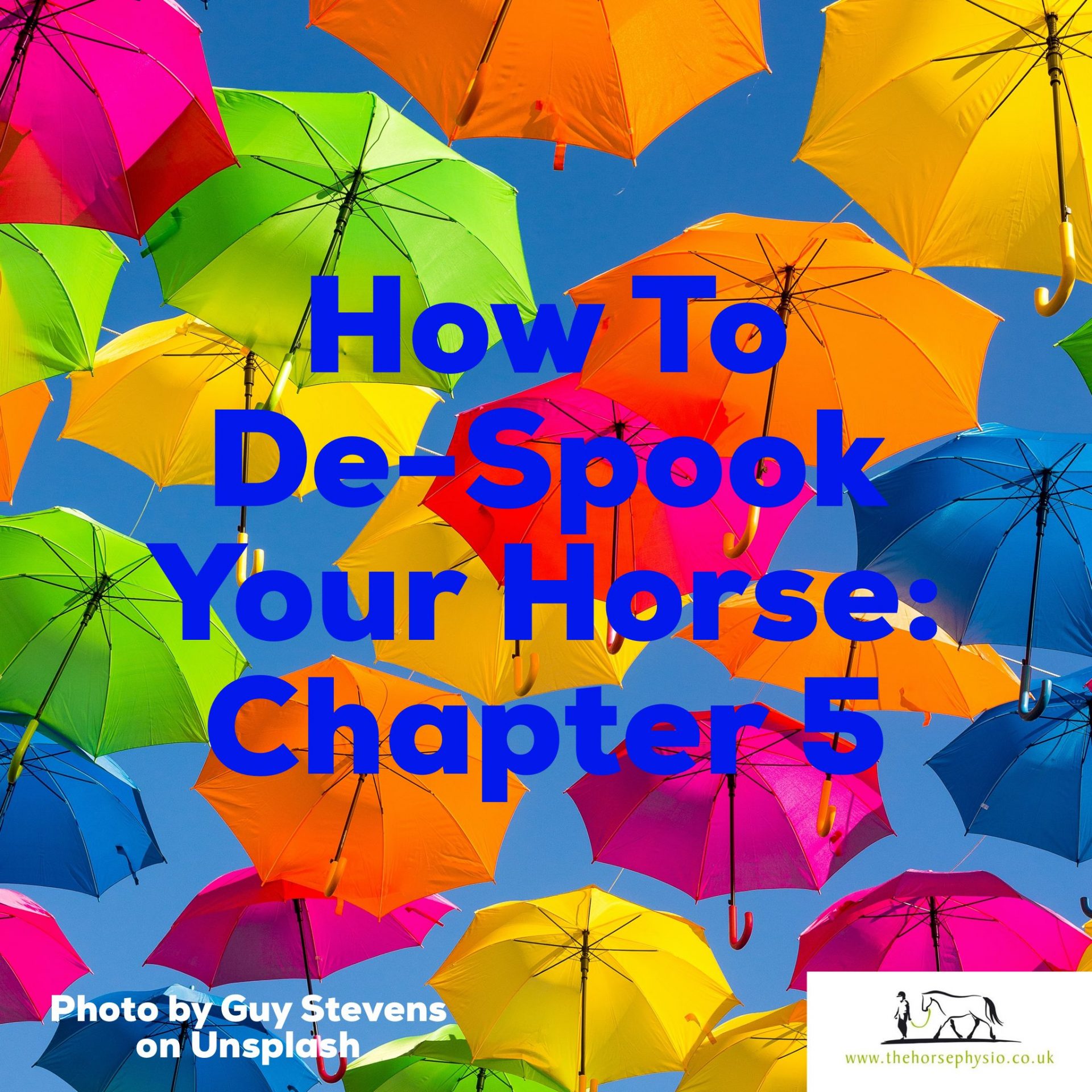It’s difficult of course to know how things really taste or smell to our horses. But most of us have known a horse who wouldn’t take a wormer, or one who wouldn’t walk past a field of pigs. It seems likely that the taste of the wormer and the smell of the pigs are both unpleasant sensations to a horse, and yet in many cases these are things we need to ask our horses to overcome.
Worming a horse who doesn’t want the worming syringe in his mouth is notoriously difficult. Horses are big, strong animals, and brute force will rarely win in this situation, even if this was something that you wanted to use. It is, however, possible to desensitise your horse to the worming procedure. Begin with an empty worming syringe to use for your training. Start by placing the syringe beside your horse’s cheek, and wait for him to relax, even if that takes several minutes. Only once he relaxes do you take the syringe away, you moving away is his reward for staying still. Imagine that your horse is training the syringe to go away by relaxing! Gradually, over a number of training sessions, move the syringe closer to his lips, and then just a little inside the corner of his lip, and then just inside his mouth. Each time, wait in that position until your horse relaxes before you move away, and repeat that position enough times over enough different sessions until your horse finds it easy before progressing. Once your horse relaxes with the syringe inside his mouth, it’s only a small step further to work with a full syringe and squirt the wormer in.
To help your horse overcome going past pigs, the easiest way is to start by allowing him to follow a confident horse, if that is possible. Having a safe and solid companion gives confidence to horse and rider, and I talk later in this book about how important it is that you as rider or handler stay calm. Sadly, if you can’t simulate the situation, it’s not always possible to safely encourage your horse past something that he is frightened of. Traffic, water, or other hazards may make it unsafe to do so. However, if the area is safe or you are able to simulate the situation in some way, then you can work with your horse from the ground to reduce his fear. Use groundwork exercises that focus on detail, such as asking your horse to move one foot at a time, to encourage him to concentrate on you as his handler rather than on the thing he’s frightened of. We’ve all seen videos of horses who have overcome extreme fear, including jumping through hoops of fire, and each of these riders or handlers has worked hard to develop such a strong level of trust from his horse. You can achieve everything you can imagine with your horse, if you put in enough of the right kind of time and effort.
© Sue Palmer, The Horse Physio, 2021
Treating your horse with care, connection, curiosity and compassion
